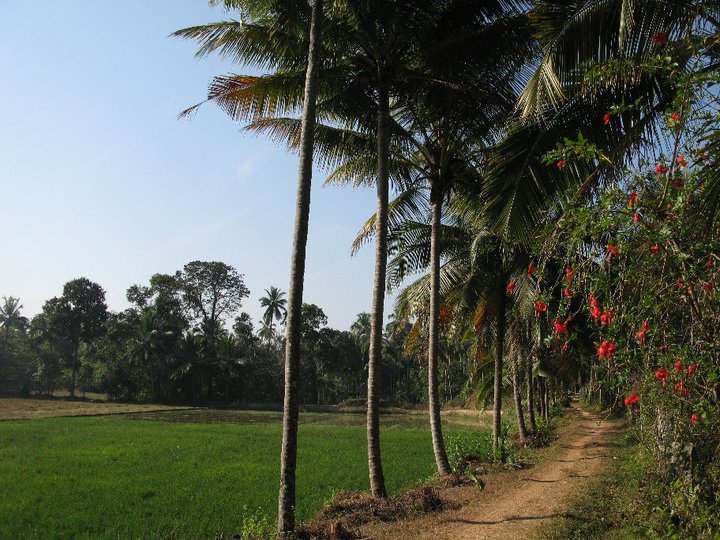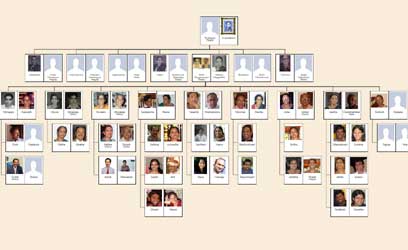Birds fly off the Nest

Vorvady House was pulsating with the joy of life at the turn of the twentieth century. Farsightedness of Yajaman Thimmappa Hegde contributed to the general wellbeing of the men, women and children – numbering about 100- who were residing in the house at the time. One of his brothers, Ramayya who showed an inclination for higher learning was sent to Chennai to join the Intermediate Class in a college. This young man, however, succumbed to typhoid in the city and passed away. It was a big jolt to the family. Thereafter, the matriarchs of Vorvady, Rukmini and Durgalaksmi refused to send anybody in the family to far off places for higher education.
During the second decade of the twentieth century, as the girls of marriageable age left the nest after their wedding to live with their husbands. Thimmappa Hegde decided to divide the Vorvady property between the members of the family. So in the year 1916, a Partition Deed was drawn up. All of Rukmini’s three daughters were allotted lands. Eldest daughter Durgalaksmi got Vorvady House and the vast lands adjoining it in the village of Pernankila. Radhamma was given equally large lands in Nerma in Shirva village and Nagamma got the Parkala lands. The birds finally left their nest. Meanwhile all the three surviving sons of Rukmini – Sesha, Narayana and Manjaya - were allotted property according to the Bunt customary law that allowed male progeny to enjoy family property ony during their lifetime. After their time, their share of lands reverted to their sisters.
Since Durgalaksmi, the eldest daughter of Rukmini was allotted possession of the Vorvady House, she had to take responsibility for conducting all the rituals of the House including the annual Kambla, Kola and Tambila. These rituals were conducted under the supervision of the Yajaman. After Thimmappa Hegde’s death, his younger brother Manjayya became the Yajaman of Vorvady. He continued to maintain the family tradition and conduct all the rituals. Some time during his two decades of management of the Vorvady estate, Manjaya built a house for his wife in the nearby Kudi village where he used to stay most of the time.
After Manjayya, the management of Vorvady estate and its annual rituals became the responsibility of the eldest son of Durgalaksmi. His name was Jagannatha. For almost three decades, Jagannatha Hegde remained the de facto head of the Vorvady property while his mother Durgalaksmi was the de jure head. Jagannatha Hegde built a house in a land he had purchased for his wife and children near Hiriadka. His children got higher education. Meanwhile his four sisters who were entitled to get a fair share of the Vorvady property were demanding their share. Jagannatha finally agreed to give them their due. So a Family Agreement was drawn up in the year 1942 by which his eldest sister Jalajakshi got Upper Parkala while the next one Krishnamma got Lower Parkala. The youngest sister Rukmini was allotted property in Belle village. The Vorvady House and its adjoining lands were shared by Rajeevi and Akkaya. The responsibility for conducting the annual family rituals like kambla, kola and tambila was vested on these two on a biennial basis.
Vorvady House in this way continues to be the focal point for rituals for the extended family of Vorvady to this day.
